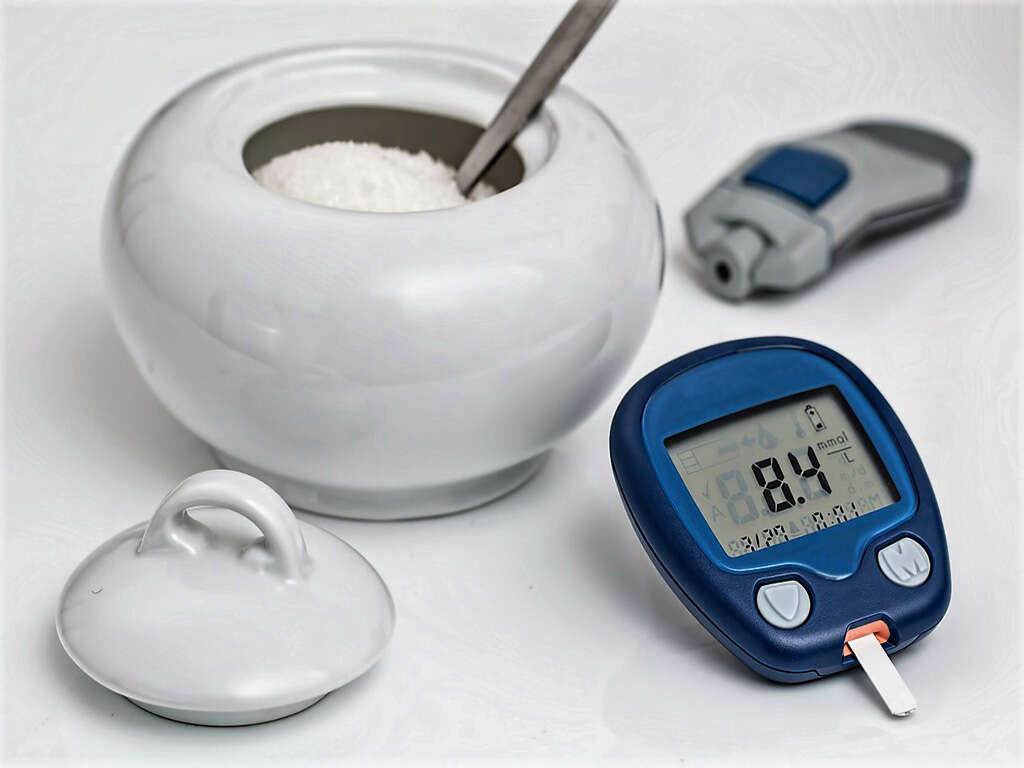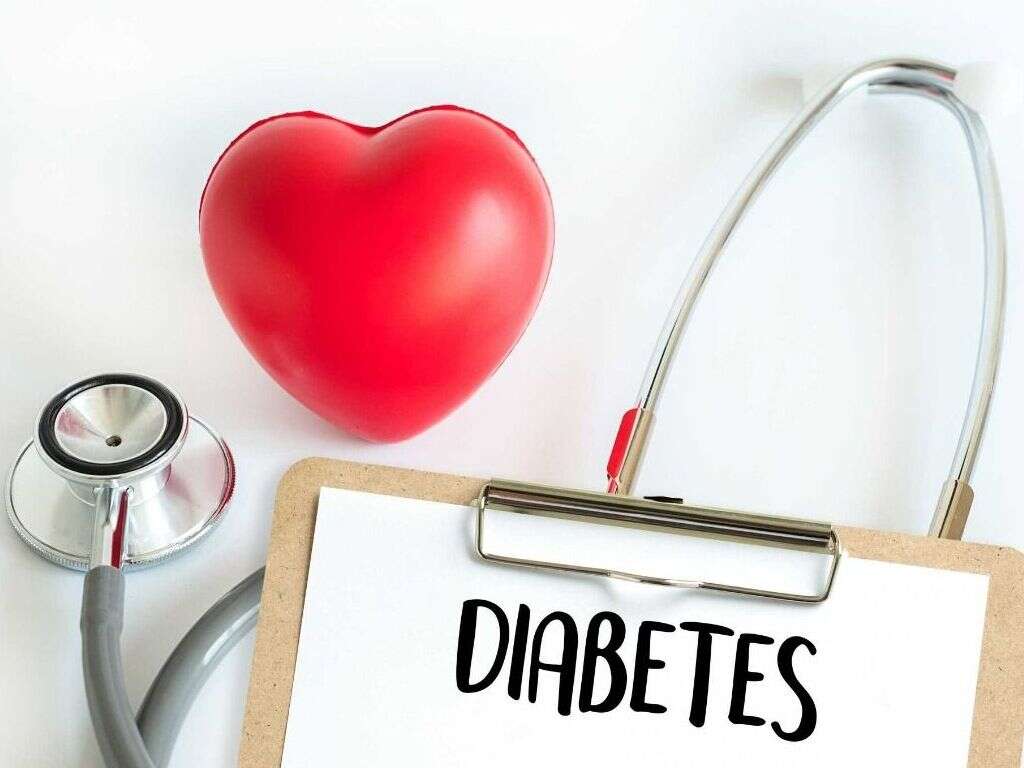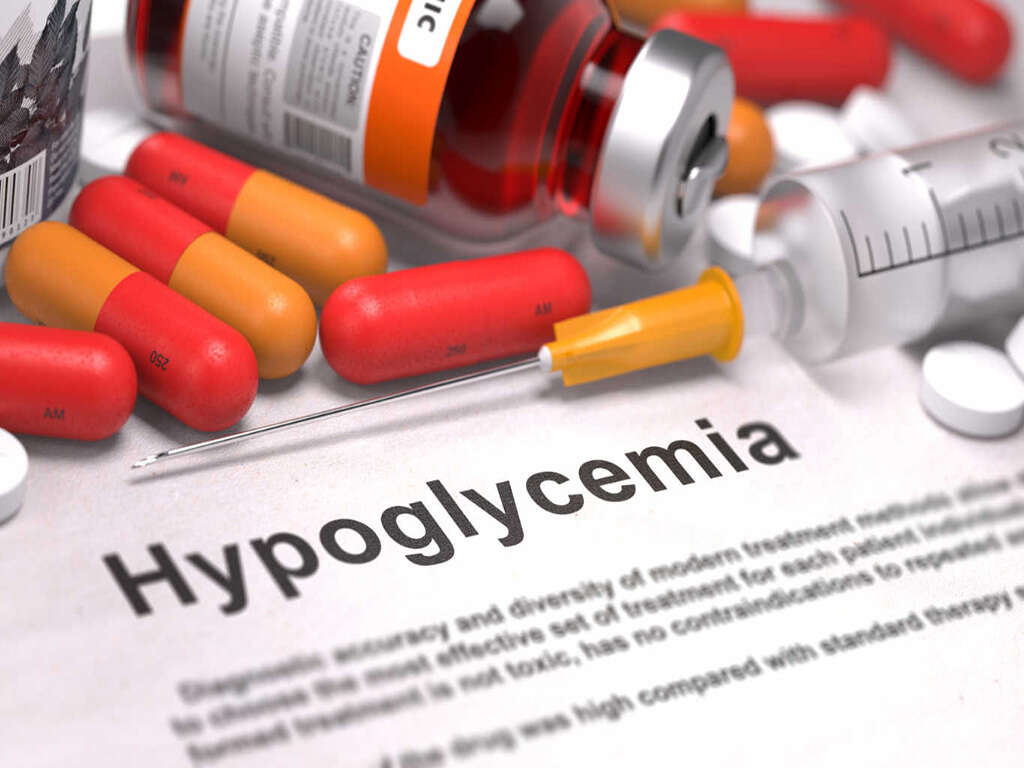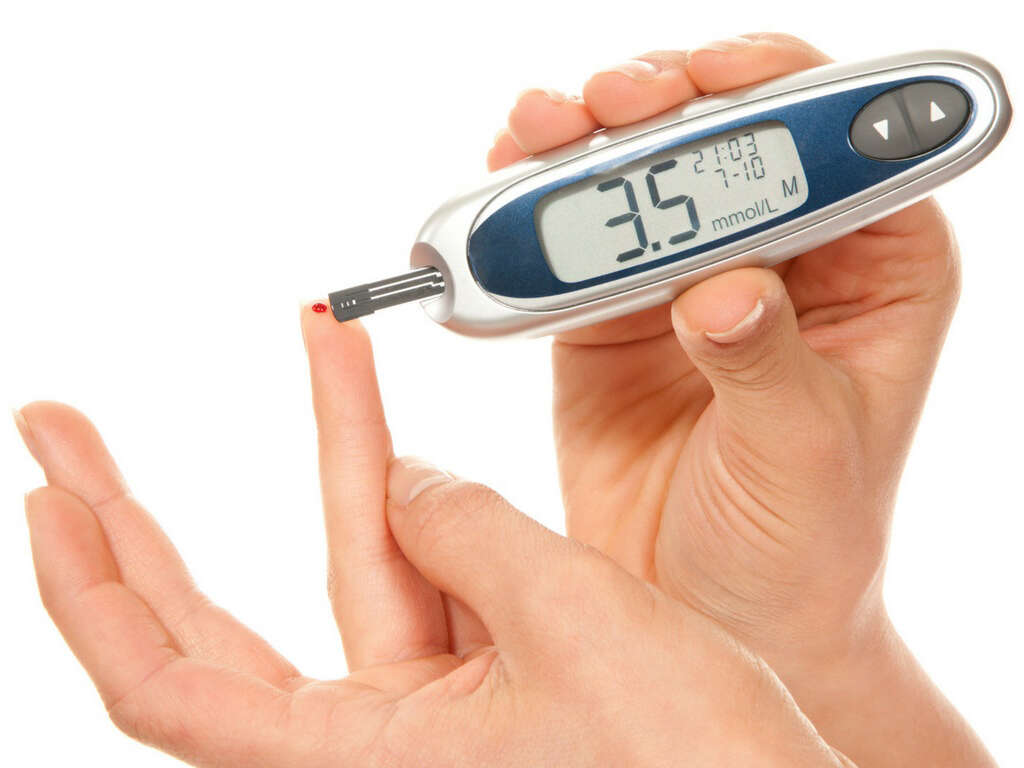10 Signs of High Blood Sugar
High blood sugar, also called hyperglycemia, is a condition in which your blood sugar level is above the normal range. The normal level is less than 126 milligrams per deciliter before a meal and less than 200 milligrams per deciliter, two hours after a meal.
If your body does not produce enough insulin or you have insulin resistance, your blood glucose levels may remain high over an extended period. This can lead to serious complications. Here are 10 signs of high blood sugar:
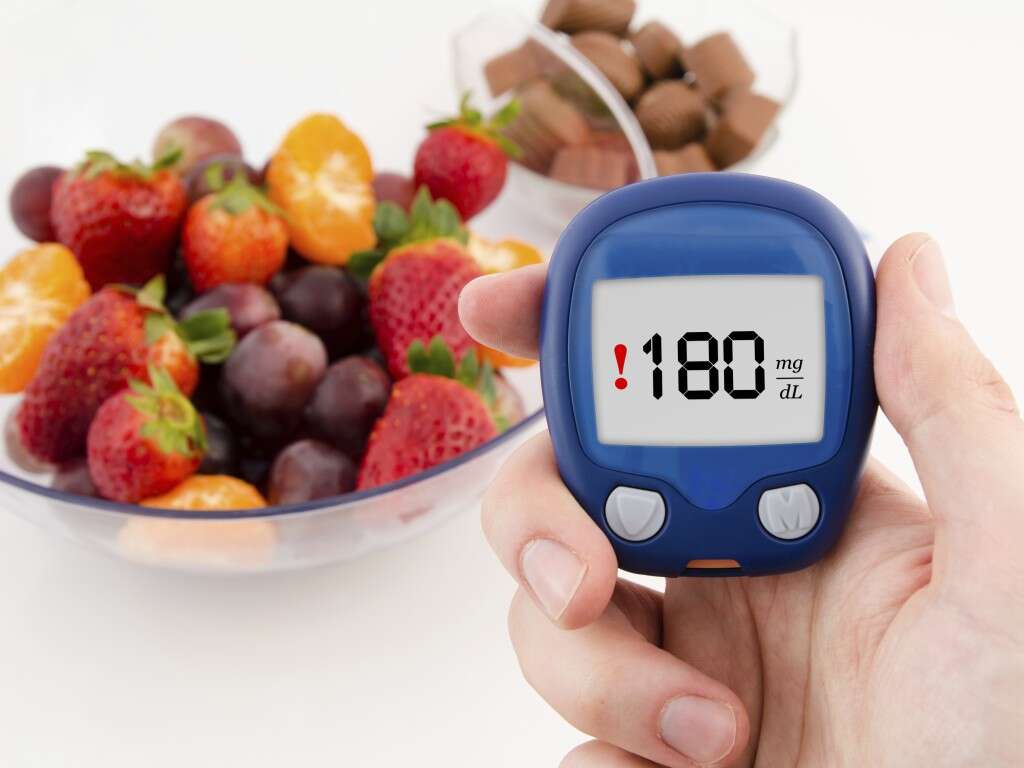
High Blood Sugar Sign #1: Frequent Urination
Going to the bathroom frequently may be a sign of high blood sugar. If this becomes a recurrent characteristic, it is possible that you have diabetes or pre-diabetes. You can find out the cause of the increased urination by undergoing tests.
When your body has high blood sugar, it tries to get rid of the excess sugar through excreting it by filtering it out in the kidneys, hence the increased urination. Frequent urination is more apparent when it causes you to get up at night to go to the bathroom. This can cause you to wake up feeling tired and low on energy.

High Blood Sugar Sign #2: Excessive Thirst
Increased thirst, also known as polydipsia, is one of the most common signs associated with hyperglycemia and diabetes. The increased level of glucose in the blood results in increased urine output.
The increased urine output triggers the stimulus to drink more water to prevent dehydration. If you are experiencing this symptom, you should seek medical attention for proper diagnosis.

High Blood Sugar Sign #3: Fatigue
If you feel fatigued for no apparent reason, you could have high blood sugar. This is more common in chronic states of hyperglycemia. According to some studies, about 85 percent of people with diabetes suffer from recurrent fatigue which may be accompanied by other signs of high blood sugar like headaches, lack of concentration, dizziness, and blurred vision.
When blood sugar levels rise, it is probably because the body is low on insulin or the available insulin is not working properly. Insulin is required to move glucose into cells where it is required for the production of energy. If little glucose gets into cells, they can’t produce adequate energy. This leads to fatigue and tiredness.

High Blood Sugar Sign #4: Blurred Vision
Blurry vision is a common sign related to diabetes. Diminished visual acuity in a diabetic patient can be explained due to the increased blood glucose. This creates a water imbalance that can lead to fluid accumulation (edema) in the eye.
In chronic hyperglycemic states seen in diabetic patients, the blood vessels in the retina can become damaged, this condition is known as diabetic retinopathy and it is the leading cause of vision loss in patients suffering from diabetes.

High Blood Sugar Sign #5: Headaches
A headache is one of the first signs of high blood sugar. It is also among the first symptoms of type 2 diabetes. Headaches associated with hyperglycemia occur due to a rise or drop in blood glucose levels. For a person on diabetes treatment a headache may occur if you don’t take the correct amount of medication.
In general, hyperglycemic headaches occur after eating too much food, especially carbohydrates, physical inactivity, stress, and inadequate sleep. The headache may occur together with other hyperglycemic symptoms like fatigue, frequent urination, and blurred vision. If you experience headaches regularly, consult with a medical practitioner.

High Blood Sugar Sign #6: Difficulty concentrating
Hyperglycemia can also affect the workings of the brain. This can impair concentration, information processing and memory. It may also cause mood change. These signs occur because the brain cannot access adequate amounts of glucose. However, with all the sugar in the bloodstream, why would this happen?
Body cells, including neurons, can only metabolise glucose once they pass through the cell walls. Insulin is responsible for carrying glucose into cells. If there is an inadequate level of glucose or the body has insulin resistance, little glucose gets into the cells. With little glucose, brain cells starve such that they cannot produce enough energy to carry out their functions.

High Blood Sugar Sign #7: Fruity-smelling Breath
If hyperglycemia goes untreated it can lead to life-threatening conditions like ketoacidosis. When the body enters into a Diabetic Ketoacidosis (DKA), ketone bodies start to rise in the bloodstream.
Ketone, in particular, has a very distinct fruity smell that is quite noticeable in the mouth. If you are experiencing this symptom, you should seek medical attention as soon as possible to prevent further complications.
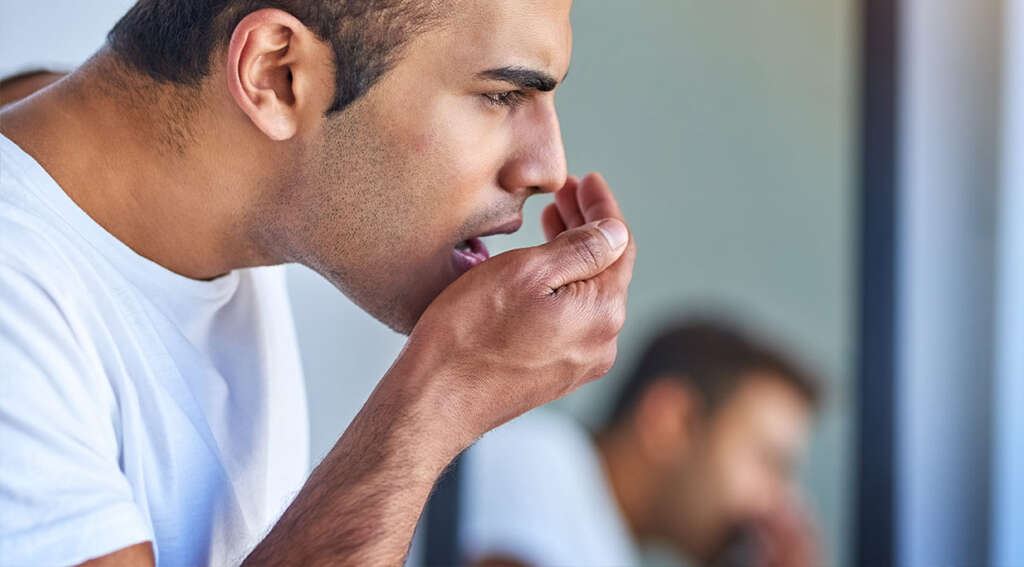
High Blood Sugar Sign #8: Increased Hunger
Feeling hungry, although you have not missed a meal, might be a sign of high blood sugar. The feeling of hunger is the body’s response to reduced intracellular glucose levels. If you experience this regularly, it could be a sign that you have diabetes.
As mentioned elsewhere, despite high levels of glucose in the bloodstream, without appropriate insulin activity, glucose cannot pass through cell walls to get inside the cells where it is required. And because glucose is the principal material for energy production, without it, cells have no way of producing energy.

High Blood Sugar Sign #9: Yeast Infections
Yeasts are a normal component of our bodies, they live on many parts of our organism without causing any harm. Given the fact that they feed on sugar, when the body is high on glucose it is a perfect environment for them to thrive.
During prolonged hyperglycemic states like the ones seen in uncontrolled diabetic patients, yeast can grow at a faster rate, causing complications like candidiasis.

High Blood Sugar Sign #10: Abdominal Pain
Abdominal pain may be a sign of high blood sugar. It occurs when blood sugar levels are extremely high. It can affect people with both type 1 and type 2 diabetes. Very high blood sugar levels and low insulin can force the body to use an alternative source of energy called ketones. Ketones are produced when fat is broken down to produce energy. Ketones are acidic, and when they flood the bloodstream, they cause ketoacidosis. This usually occurs in people with type 1 diabetes. When very high blood sugar occurs in a person with type 2 diabetes, it can cause a hyperosmolar hyperglycemic state, or HHS.
Both ketoacidosis and HHS cause abdominal pain in addition to other abdominal issues like vomiting, nausea and cramps. These are serious signs of high blood sugar that may require inpatient treatment.




